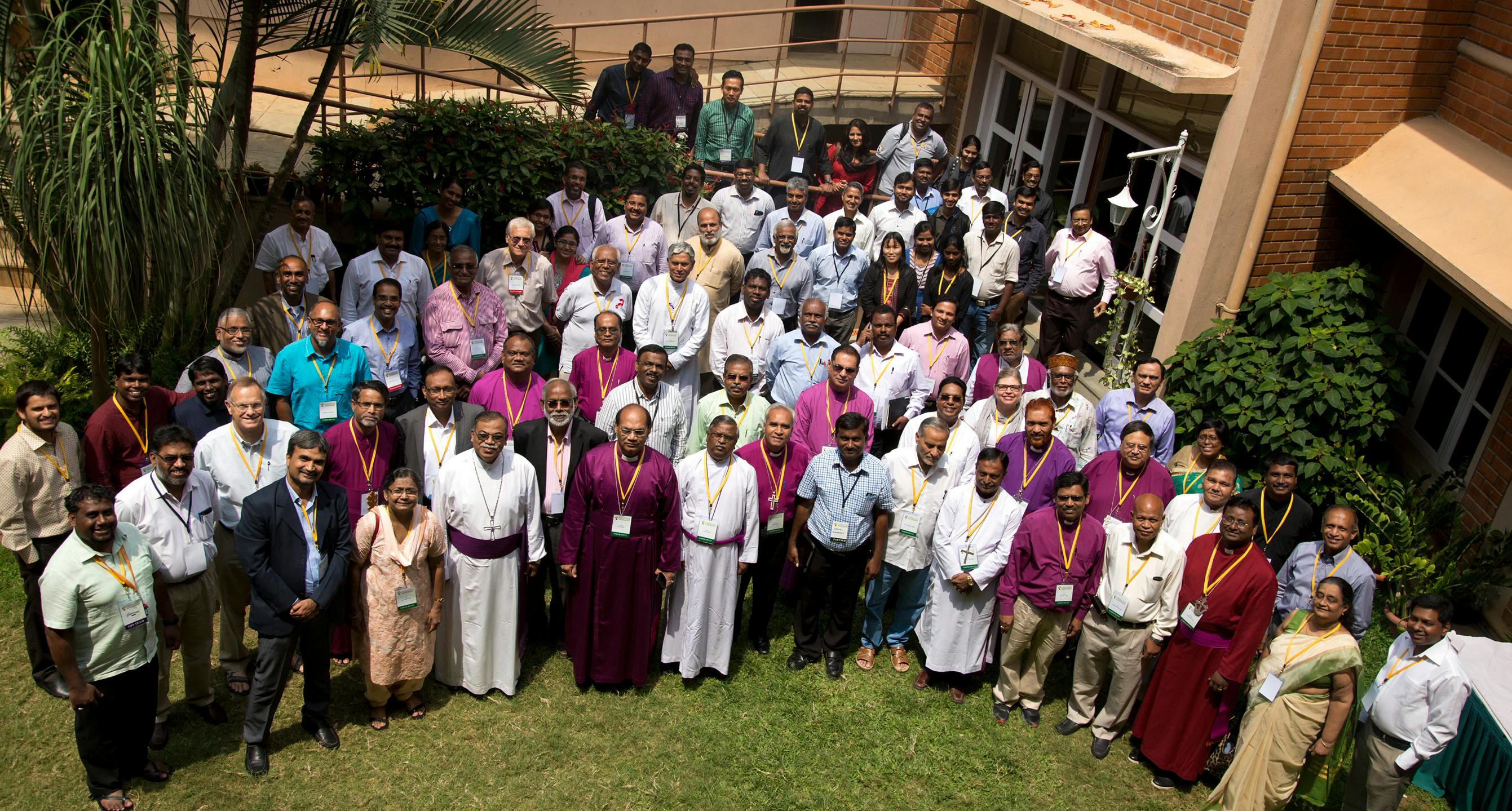
How One Ministry Doubled Its Impact Through Better Systems

Christian ministries are often birthed out of vision, prayer, and compassion. While passion drives the mission, it’s the systems behind the scenes that sustain growth and multiply impact. Without healthy systems, even the most faithful ministry leaders find themselves overwhelmed, stretched thin, and unable to reach the people God has called them to serve.
This article explores how one ministry went from struggling with inefficiency to doubling its reach—simply by improving its governance and operational systems.
The Problem: Good Heart, Weak Systems
The ministry had a clear mission: serving underprivileged communities with both spiritual and practical support. However, its leaders were bogged down by constant crises. Records were scattered across spreadsheets, financial reports were inconsistent, and communication between volunteers and staff was fragmented.
The result? Leaders spent more time fixing problems than guiding the mission. Opportunities for outreach were missed, funds weren’t always allocated efficiently, and burnout was high among both staff and volunteers.
As one board member admitted, “We had the passion, but we didn’t have the structure to carry it forward.”
Step 1: Clarifying Roles and Responsibilities
The first breakthrough came when the ministry clarified who was responsible for what. Previously, board members, staff, and volunteers often overlapped in decision-making, creating confusion.
By defining clear lines between governance and daily operations, the ministry freed its leaders to focus on strategy and oversight, while staff managed execution. This brought immediate relief and reduced friction.
Step 2: Building Transparent Communication Channels
Next, the ministry established consistent communication practices. Instead of relying on ad hoc updates, they introduced regular reports, monthly updates to supporters, and structured meetings for the leadership team.
Transparency strengthened trust—both internally and externally. Staff felt more informed, donors gained confidence, and beneficiaries saw the ministry operate with greater accountability.
Step 3: Strengthening Financial Systems
Finances had been one of the biggest bottlenecks. Budgeting was inconsistent, and it was hard to track how funds aligned with ministry goals. By adopting simple financial management tools and introducing quarterly reviews, the ministry gained visibility into spending.
This not only reduced waste but also empowered leaders to direct resources where they would have the most impact. Donors, seeing stronger stewardship, increased their giving.
Step 4: Training and Empowering People
Systems alone don’t change a ministry—people do. The leadership invested in training both staff and volunteers, equipping them with skills for administration, communication, and service delivery.
With greater clarity and confidence, volunteers took ownership of their roles, and staff felt less overwhelmed. The culture shifted from firefighting to proactive ministry.
Step 5: Regular Evaluation and Adaptation
Finally, the ministry embraced a habit of evaluation. Instead of waiting for problems to escalate, leaders introduced simple annual reviews of programs, governance practices, and outreach effectiveness.
This allowed them to adapt quickly, phase out programs that weren’t bearing fruit, and double down on what worked.
The Results: Doubling the Impact
Within two years, the ministry had:
- Expanded its outreach to twice as many families and communities.
- Increased donor trust, leading to higher and more consistent funding.
- Reduced staff burnout, creating a healthier and more sustainable team.
- Strengthened its witness, as both partners and beneficiaries saw excellence paired with compassion.
What made the difference was not more passion or resources but better systems that multiplied what God had already entrusted to them.
Key Lessons for Other Ministries
- Passion needs structure. A clear vision must be supported by strong governance.
- Clarity reduces friction. Defined roles and transparent communication free leaders to focus on mission.
- Stewardship builds trust. Sound financial systems strengthen credibility with both donors and communities.
- People need empowerment. Training and clarity unleash the full potential of volunteers and staff.
- Adaptability sustains growth. Regular reviews help ministries stay effective in changing contexts.
Conclusion
This ministry’s story shows that impact is not just about working harder—it’s about working wiser. When governance and systems are strengthened, ministries not only avoid burnout but also multiply their effectiveness.
Healthy systems are not a distraction from the mission; they are part of it. As this ministry discovered, better structures can be a tool in God’s hands to reach more lives, serve more communities, and glorify Him more fully.
